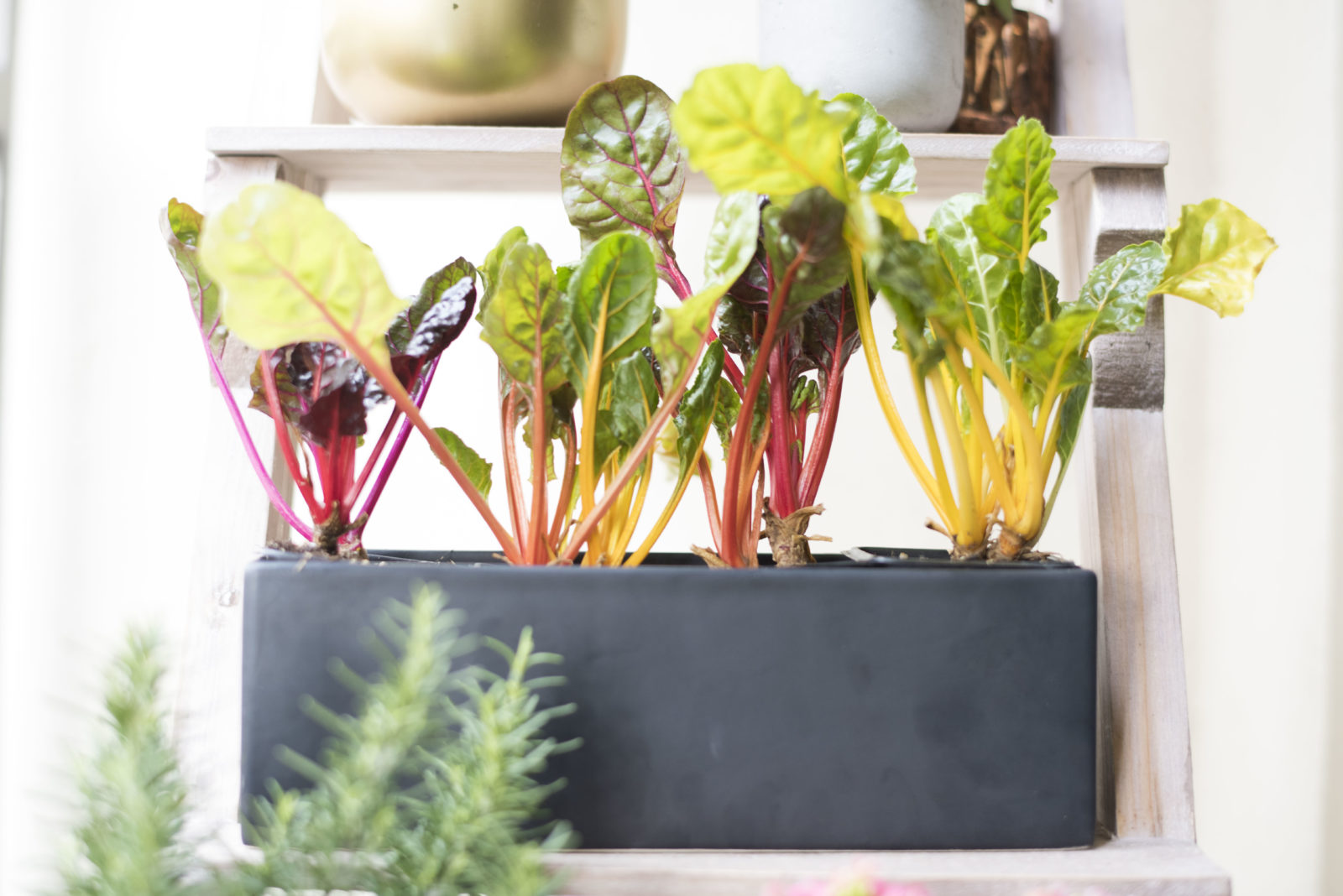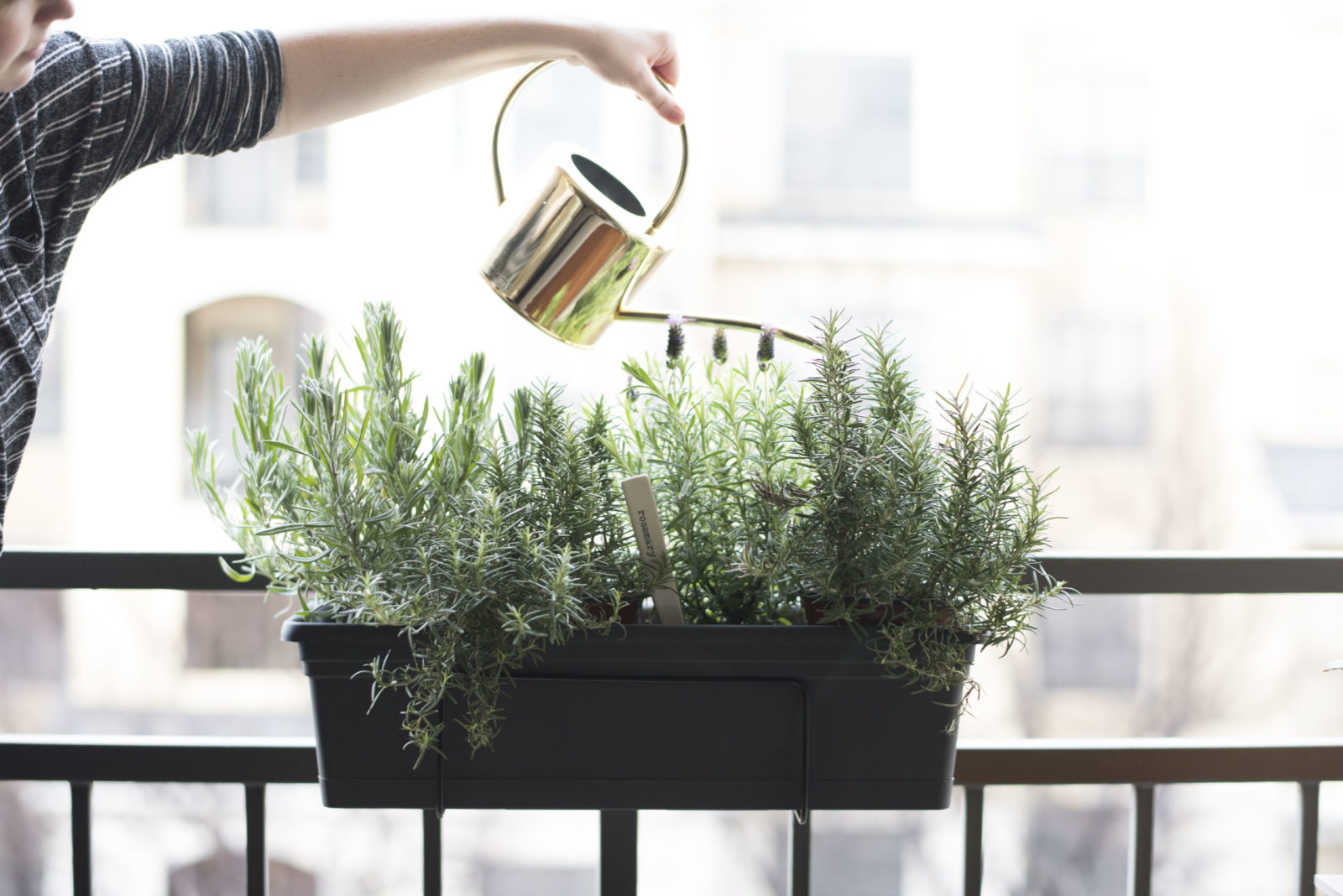A Balcony Garden for the Urban Farmer
It takes about 1 acre of land to feed one person for a year, but you’d be surprised by how many vegetables and herbs you can grow in just a sliver of available space on your apartment’s balcony.
Nothing beats the rewarding feeling of adorning the dining table at your next dinner party with delicious food grown right in your home — and just because you’re living in the city doesn’t mean you don’t have room to stretch your green thumb.
Contemplate Your Environment
The best way to get a balcony garden started is to think about your goals and what you can do in the space you have. How big is your balcony and how much space do you want to commit to your garden? What kinds of plants do you want to grow? How much work are you interested in putting into your garden?
Chances are it won’t take a tremendous amount of upkeep to get a lush, green garden thriving on your balcony. But exposure to sun, wind, moisture, and other environmental factors will affect what kinds of plants will thrive and which you may want to avoid.
Pick Your Plants
What are you looking for? Colorful hothouse flowers to brighten up your windows? Creeping vines to block out your view of the neighbors or climbers to decorate railings? Vegetables and herbs to fill your table?
Many vegetables require lots of sun — at least six hours per day. Salad greens and herbs can thrive on less. Tomatoes, peppers, melons, squash, and beans will do best with as much sun as possible, while other plants may need more shade. You can play with a variety — just think about spacing your pots based on what areas get the most sun.

Choose a Colorful Array of Pots
In a city apartment, you are usually working with a limited amount of space, so get creative. As long as a container can hold dirt and is fitted with a hole for drainage, you can grow something in it.
Your pots can be store-bought or scavenged from your house. One good rule of thumb is to start with as large a container as possible, to hold multiple plants. Smaller containers and pots will take up more space and wind may cause them to dry out more quickly.
You may want to explore mixing it up with small and large pots and creating DIY planters out of wooden boxes, crates, Mason jars, aluminum tubs — anything you have handy that will look attractive.
Plant Pairs, Pods, Buckets, and Bouquets
Fill, but don’t pack, new potting soil into each container, leaving about an inch between the top of the soil line and the rim. You will also want to mix in fertilizer — available at garden stores — before planting. Once you plant your seeds or seedlings, water the plantings and allow the dirt to settle naturally around the roots.
It can be beneficial to plant more than one plant in the same container. For example, beans, carrots, and squash pair well together. So do tomatoes, onions, lettuce, and peppers. The trick is to avoid pairing plants with competing root systems or ones that require different amounts of water or kinds of fertilizers.
As long as you find compatible plants and give them enough space, you can mix and match to your heart’s content. It pays off when you see the wild growth of sage, cilantro, and lettuce all chasing each other to the windowsill.

Keep Your Balcony Garden Looking Lively
Caring for your plants requires proper watering and protecting against critters and disease. The most common mistake gardeners make is overwatering. This is a particular risk with your balcony garden since pots can retain water. The general rule is to water your plants only when the top 2 inches of the soil is dry to the touch. Water until liquid drips from the drainage hole and add fertilizers about once a week.
With a little care, your balcony garden will begin to produce fresh ingredients for salads or fresh-cut table arrangements, all while making your balcony the most attractive and inviting space in the building. Your neighbors may even start inviting themselves up to see what’s growing in your urban paradise.
For more on keeping your home feeling fresh, read about caring for succulents, the little plants that are made for Texas.
© 2018 Texas Farm Bureau Insurance



